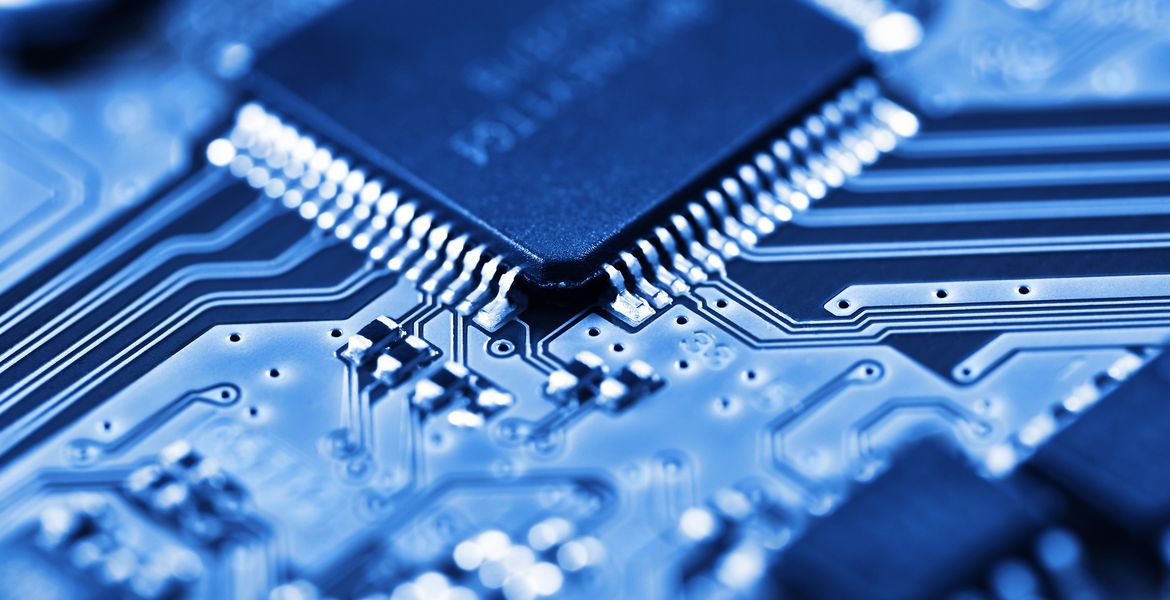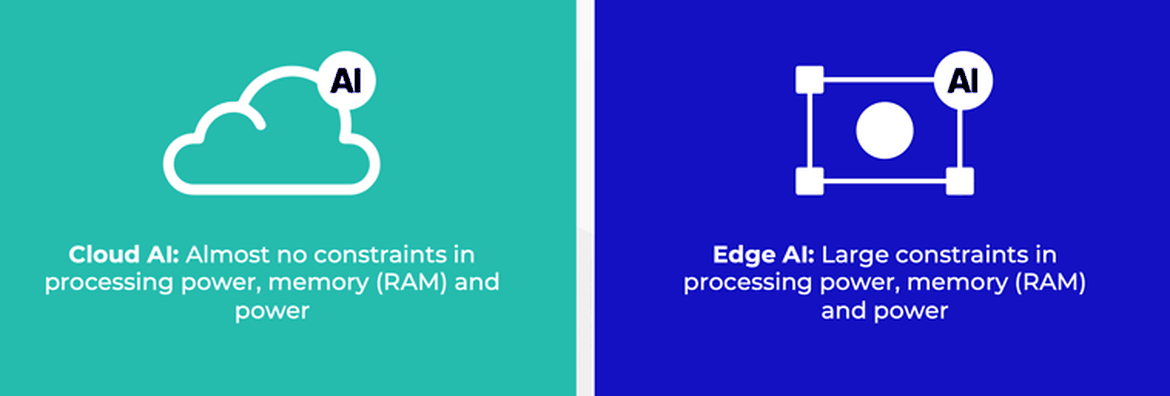
Let’s start with some definitions.
Artificial intelligence (AI) is a theory and development of computer systems that can perform tasks that normally require human intelligence. Speech recognition, decision-making, visual perception, for example, are features of human intelligence that artificial intelligence may possess.
Machine learning is a subset of artificial intelligence that enables a computer system to make predictions or make some decisions using historical data without being explicitly programmed. Machine learning uses a massive amount of structured and semi-structured data so that a machine learning model can generate accurate results or give predictions based on that data. In this blog we will use both terms.
Deep learning is a subset of machine learning, which is essentially a neural network with three or more layers. These neural networks attempt to simulate the behavior of the human brain, allowing it to “learn” from large amounts of data.
Sign up and download our platform for free
Edge AI means that artificial intelligence (AI) algorithms are processed locally on a hardware device close to a sensor or to a signal. The algorithms are using data that are created on the device. Deep learning is a commonly used type of machine learning algorithm.
Edge AI is the opposite of cloud computing AI where you do all the machine learning processing, aka inference, in the cloud. Edge AI is a subset of the larger edge computing market. A device using Edge AI does not need to be connected in order to work properly, it can process data and make decisions independently without a connection. In order to use Edge AI, you need a device comprising a microprocessor and sensors.
‘Edge’ refers to a device that is at the edge of a network. ‘AI’ in this case means that artificial intelligence is the method for processing the data.

Edge AI will allow real time operations including data creation, decision and action where low latency is critical. Real time operations are important for autonomous vehicles, robots and many other use cases.
Edge AI allows for reducing power consumption and with that comes longer battery time, which is super important for many applications, such as wearable technologies.
Edge AI will reduce costs for data communication, because less data will be transmitted. Streaming and storing data in the cloud can be very expensive.
Edge AI eliminates the problem with streaming and storing a lot of data to the cloud that makes you vulnerable from a privacy perspective. With Edge AI the data collected stays in the edge device.
Edge AI software are typically Edge AI applications that run on a physical hardware device. There are a large number of machine learning algorithms that are used, but the trend is that deep learning is becoming more and more popular.
People that develop Edge AI applications are normally data scientists, machine learning engineers or embedded developers. Normally the machine learning models are developed and trained in a cloud system. When the Edge AI application runs on the hardware device, the Edge AI model can then understand what it was trained for. This is called inference.
When the Edge AI application actually learns on the hardware devices, it’s called incremental learning or federated learning.
Edge AI can run on a range of different hardware platforms from Arm Cortex M-series processors to advanced neural processing devices. Deep learning normally requires more powerful hardware platforms than other types of machine learning algorithms. IoT devices are an example of Edge AI hardware devices.
Many people also include smartphones, Raspberry PI’s and edge gateways as Edge AI devices.
An Edge AI development platform is an end-to-end software platform, where users can start with collecting data and eventually be able to deploy the AI model on a hardware device. The training of complex machine learning algorithms is made on cloud servers. The benefits for customers are faster time-to-market and lower development costs.
The benefits of Edge AI are huge, and the number of use cases for Edge AI technology are almost unlimited.
Computer vision means the use of machine learning to extract meaning from images or video. Examples include motion and object tracking, defect detection in manufacturing, pedestrian detection in traffic, and location recognition and mapping from images and video.
Audio classification is one of the largest Edge AI use cases. With Edge AI for audio data you can classify sound events, spot keywords, and recognize your sound environment.
Predictive maintenance is also one of the largest Edge AI use cases. Industries can save a lot of money by being able to recognize machine state, detect machine anomalies and act in milliseconds, on the device.
Gesture recognition or gesture control is becoming more and more popular. It allows for new and smart interfaces for consumer electronic products such as earbuds, smart speakers and other products. It also allows for touchless interfaces that are considered more important during the Covid pandemic due to health issues.
Fall detection of elderly living alone at home is an important use case for Edge AI technology. In this use case, Edge AI actually saves lives
With material detection or surface detection, Edge AI is used to detect between different surfaces, eg between grass and concrete for an automower or for material detection in the industry.
Other Edge AI use cases include security cameras, facial recognition, emergency medical care, smart cities, virtual assistants and others.
Imagimob offers DEEPCRAFT™ Studio, an Edge AI development platform for machine learning on edge devices and ready-to-go AI models.
Imagimob will continue to support various hardware components from various vendors while now providing an even stronger portfolio based on Infineon’s advanced hardware with its PSOC™ , XMC™, AURIX™ and software (Modus Toolbox) offering. This will provide our existing and new customers the best customer experience by complementing Imagimob's advanced AI platform and AI models with Infineon’s hardware.
Register and download DEEPCRAFT™ Studio via the button below.
